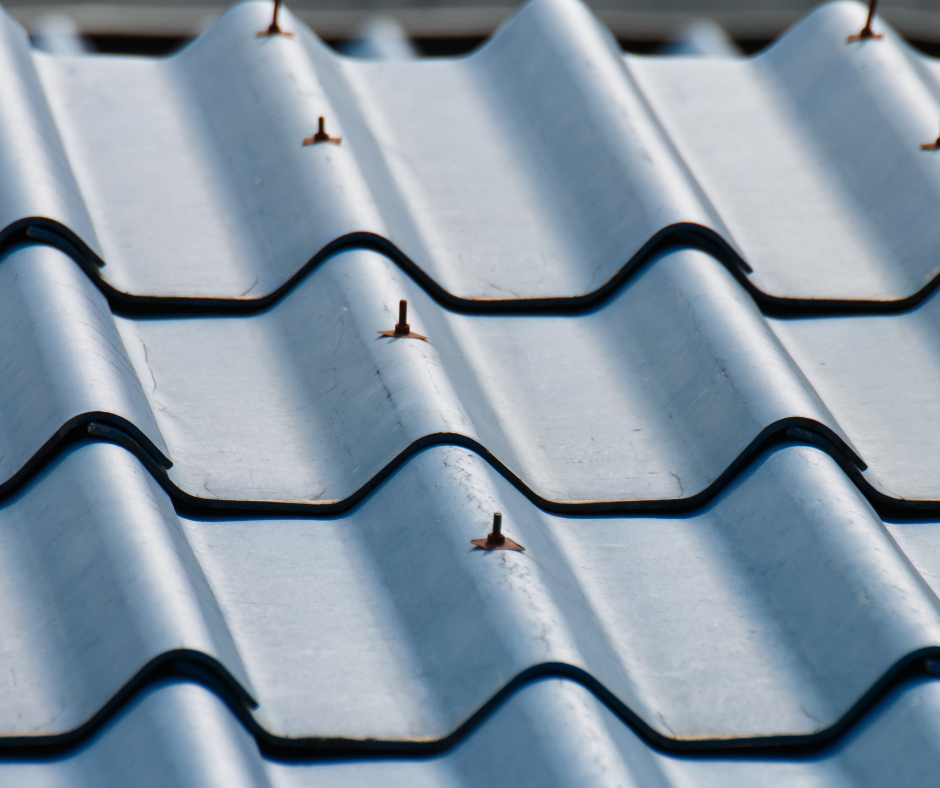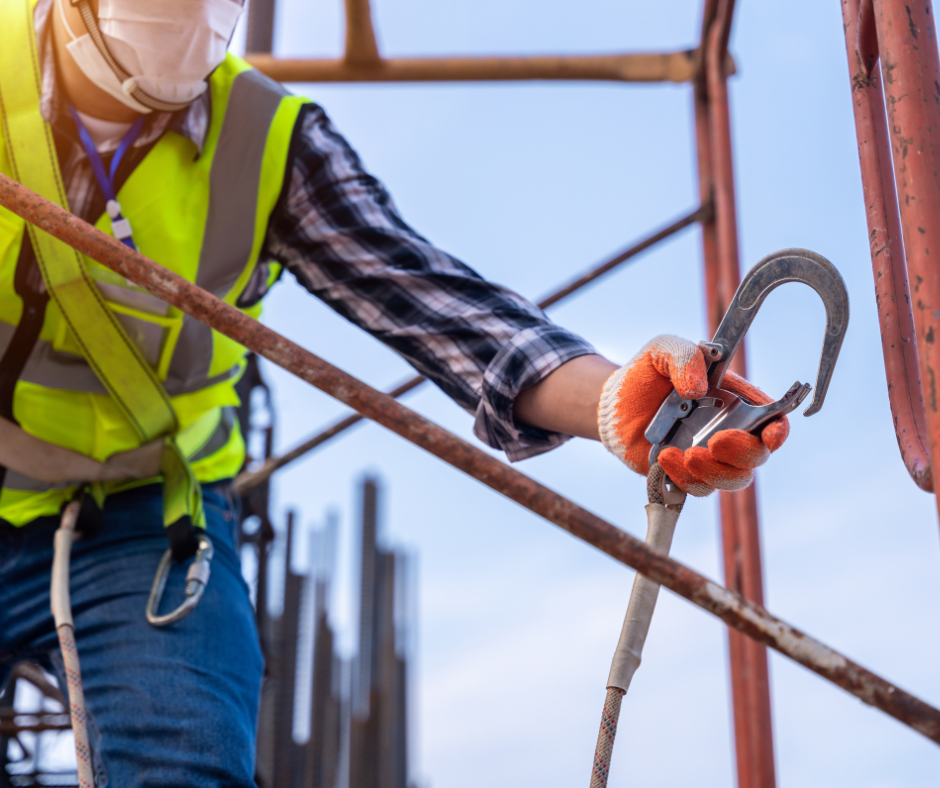This blog can be delivered to your staff as a Toolbox Talk. If you require a specific Toolbox Talk for your workplace, please feel free to get in touch.
Reason: On average, seven people are killed each year after falling through a fragile roof or fragile roof light. Many others suffer a permanent disabling injury. Fragile roof incidents are not inevitable. They can be prevented by careful planning, using trained and experienced workers with suitable equipment, and employing a high level of supervision.
Outline: This talk covers some of the types of fragile roofs, what you need to do before and during the work, and the requirements for working safely on a fragile roof.
Types of fragile (non load-bearing) roofs
 Cement sheeting – non-reinforced sheets, irrespective of profile type (for example, asbestos-cement roofing sheets).
Cement sheeting – non-reinforced sheets, irrespective of profile type (for example, asbestos-cement roofing sheets).- Roof lights – these are difficult to see in certain light conditions and can be hidden when painted or covered in moss, dirt or grime when they have been subject to weathering.
- Liner panels on built-up sheet roofing.
- Corroded metal sheets.
- Glass, including wired glass.
- Chipboard or similar materials.
- Other materials, including wood-wool slabs, slates and tiles.
Before and during the work
- Planning and supervision are key to reducing the risk of a fall. Work should not start until the findings of a risk assessment have been taken into account, the working party have been briefed and suitable control measures have been put in place.
- Before anyone goes on or near a fragile roof or surface, you should ask whether the work can be done in a safer way (for example, from beneath the roof using a mobile access tower (MAT) or from a mobile elevating work platform (MEWP)).
- If going onto a fragile roof is absolutely necessary, a planned safe system of work must be put in place before the work begins.
- Safety should be monitored as work progresses and if anything changes additional safety measures should be put in place.
- If nets, air bags or other soft-landing systems are used, they should be properly installed and must be inspected at regular intervals.
Requirements for working on fragile roofs
 Ideally, a safe system of work should be identified to enable the job to be carried out without anyone having to go on the roof.
Ideally, a safe system of work should be identified to enable the job to be carried out without anyone having to go on the roof.- Where this is not possible, suitable edge protection must be installed and a platform must be provided from the access point to the work area. This will prevent the need to walk directly onto the fragile roof sheets.
- Access platforms and walkways should be fitted with guard-rails. When this is not possible, safety nets, air bags, running lines or a safety harness and lanyard system should be used.
- If safety harnesses are used, they should be appropriate for the task and must only be used if they are attached to a secure, designated anchor point (for example, a tested eye bolt or running line).
- Suitable emergency arrangements should be in place and these should specify how a casualty will be rescued and, if in imminent danger, moved to a position of safety.

Why is it important to be able to recognise a fragile roof?
What should the first thought be when thinking about working on a fragile roof?
What three things suggest that a roof is fragile?

Now inform your workers of the company policy and requirements for working on fragile roofs.
If you have any questions about the contents of this Toolbox Talk, do not hesitate to contact us – our team would be happy to help you with any queries. Find more Toolbox Talks here.

